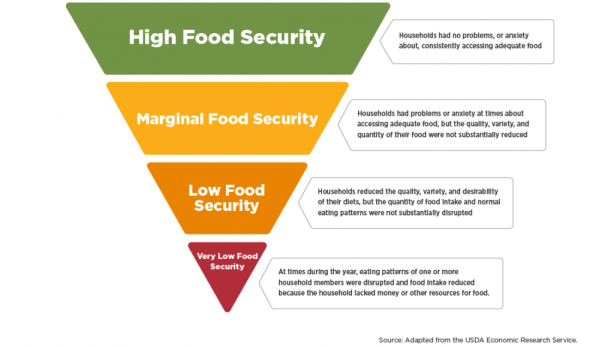What does PTSD look like in Children?
As in adults, PTSD in children and adolescence requires the presence of re-experiencing, avoidance and numbing, and arousal symptoms. However, researchers and clinicians are beginning to recognize that PTSD may not present itself in children the same way it does in adults. Criteria for PTSD include age-specific features for some symptoms.
Elementary school-aged children
Clinical reports suggest that elementary school-aged children may not experience visual flashbacks or amnesia for aspects of the trauma. However, they do experience “time skew” and “omen formation,” which are not typically seen in adults.
Time skew refers to a child mis-sequencing trauma-related events when recalling the memory. Omen formation is a belief that there were warning signs that predicted the trauma. As a result, children often believe that if they are alert enough, they will recognize warning signs and avoid future traumas.
School-aged children also reportedly exhibit posttraumatic play or reenactment of the trauma in play, drawings, or verbalizations. Posttraumatic play is different from reenactment in that posttraumatic play is a literal representation of the trauma, involves compulsively repeating some aspect of the trauma, and does not tend to relieve anxiety.
An example of posttraumatic play is an increase in shooting games after exposure to a school shooting. Posttraumatic reenactment, on the other hand, is more flexible and involves behaviorally recreating aspects of the trauma (e.g., carrying a weapon after exposure to violence).
Adolescents and Teens
PTSD in adolescents may begin to more closely resemble PTSD in adults. However, there are a few features that have been shown to differ. As discussed above, children may engage in traumatic play following a trauma. Adolescents are more likely to engage in traumatic reenactment, in which they incorporate aspects of the trauma into their daily lives. In addition, adolescents are more likely than younger children or adults to exhibit impulsive and aggressive behaviors.

